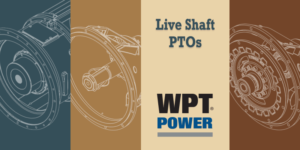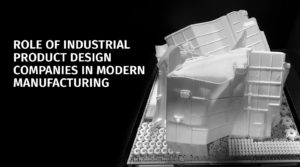Lenticular printing is a method that brings images to life in a captivating manner. This can be seen in things like movie posters, promotional items, or art pieces. It’s all about making a fun experience with cool visual effects like 3D depth and animation. Do you want to learn how to make attention-grabbing prints? This brief guide will help you understand it all, from picking the right images to understanding the printing process.
The Basics
Let’s look at the basics so you can understand what it takes to create those amazing visual effects.
- Choosing the Right Images
When using enticular printing, the first step is to choose images. Not all images work well for this technique. It’s important to select images that are vibrant and have high contrast.
The lenticular lens needs these elements to create a strong visual impact. If the images have similar tones or lack distinct features, the effect may not be noticeable. For a 3D effect, using low-contrast images will result in less clear depth perception.
- Understanding the Effects
Lenticular printing uses various effects, each with its charm. Let’s discuss the most commonly used ones in more detail.
- 3D Effect
The most commonly seen and widely recognized lenticular effect is the in-depth illusion. This effect makes objects in the image appear to stand out or move toward the background.
To create this effect, multiple layers of the same image are taken from slightly different angles. When viewed through a lenticular lens, these layers combine to produce a 3D effect.
- Flip Effect
When you change the viewing angle, you’ll see a smooth transition between two or more separate images. It’s like having multiple images combined into one. This is commonly used to show before-and-after photos or to compare different images, like a day and night scene.
- Morph Effect
Morphing refers to smoothly transitioning from one image to another. It’s a useful technique for showing progression or change, like the transformation of a caterpillar into a butterfly. To achieve a seamless transition, the images must share similar visual components.
- Animation Effect
This effect creates the illusion of motion by showing a sequence of images. It’s like a mini animation that plays as you tilt the print. Think of it as a flipbook but in lenticular form.
- Preparing Your Images
Once you’ve picked your images and decided on the effect you want, the next step is preparation. This involves arranging your images in layers correctly.
For a 3D effect, you’ll need to create depth maps and organize your images to mimic how human eyes perceive depth. When making flip effects, you’ll have to figure out the order and timing of the image switch.
- Finding the Right Lenticular Printer
It’s crucial to keep in mind that while DIY kits are available, achieving high-quality results often requires specific equipment and know-how.
A lenticular printer is not like a regular desktop printer; it’s designed to handle the complexities of aligning the lenticular lens with the printed images. Look for printers that specialize in lenticular printing because they have the expertise needed to ensure the perfection of your work.
- Final Checks and printing
Before you print, make sure to do a final check. Verify that your images are in high resolution, the layers are properly aligned, and the lenticular lens is set correctly. Even a slight misalignment can completely ruin the effect, so it’s important to double-check everything.
Wrapping up
Lenticular printing offers a unique way to bring your marketing materials to life. It’s a blend of art and science, requiring careful planning and execution. Once you become familiar with the process, the results are truly enchanting.
Our Travel Guide: Booking Com India





Be First to Comment